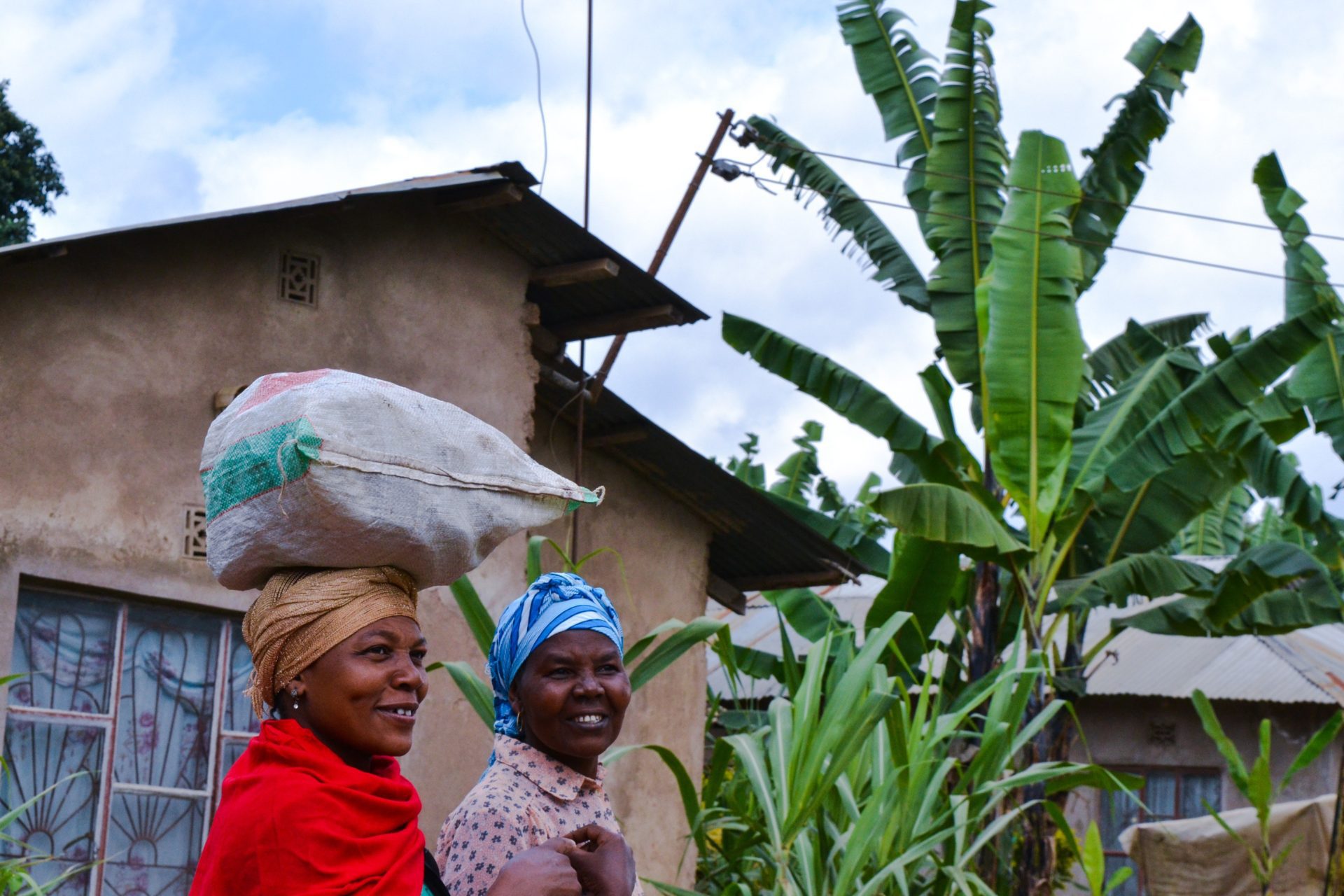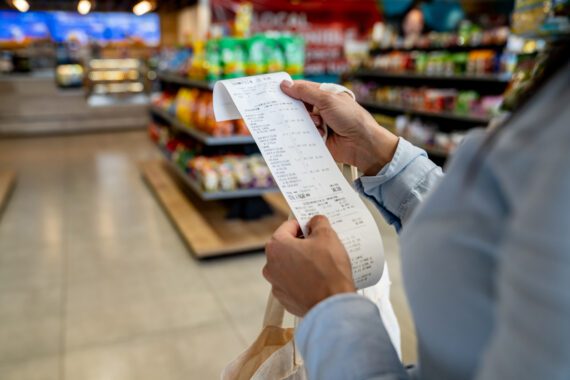The world has made significant progress against hunger in the past several decades, but that progress is now threatened by surges in hunger in the past few years. An unconscionable 45 million people are very close to famine.
Without humanitarian assistance, they face starvation. The last time so many people were threatened by extreme hunger was in the 20th century.
This rapid escalation of hunger is driven by worsening climate change impacts, new economic crises such as those caused by the COVID-19 global pandemic and the Russian invasion of Ukraine, and lack of progress in resolving other causes, such as armed conflict.
Bread for the World members have long advocated for improvements in U.S. global food aid programs. In the past decade, reforms that Bread helped win have saved lives and protected people’s ability to earn a living.
Given the enormous numbers of people currently facing hunger crises, it is critically important to provide assistance as efficiently and effectively as possible. That is why we celebrate Bread’s hard work in winning policy changes that give the Food for Peace program more flexibility to deliver aid in the most practical form for each situation.
The farm bill is the legislation that authorizes global food aid programs. Bread is prioritizing further improvements to the farm bill since the current legislation expires in September and must be reauthorized by Congress.
Using the right tool at the right time is important to the success of any project, including humanitarian assistance. Bread supports additional increases in flexibility in the renewed farm bill. This would enable aid agencies to stretch emergency relief dollars even further.
There are three main options—the tools in the U.S. food aid toolbox. They each work best in different situations. When local stores and markets have food, but families cannot afford to buy it, the choice is often cash or vouchers that can be used to buy food, rather like EBT cards in the United States. This option works well, for example, for millions of refugees and displaced people. Forced to flee their homes and farms, they often have very little money and few belongings that could be sold. With vouchers, they can buy food that is familiar while supporting local farmers and vendors.
In areas where farming, local markets, or infrastructure like roads have been disrupted—perhaps by conflict or natural disaster—there may not be enough food available for purchase. Humanitarian agencies may be able to purchase food from other regions or neighboring countries and transport it for distribution in communities suffering from a hunger crisis. In addition to supporting farmers in the same region, food purchased nearby can often reach people living with hunger relatively quickly.
Sometimes neither option will work. Widespread drought, for example, may mean that there is little food available in an entire region. The best solution available to the U.S. government in such circumstances is to ship food produced in this country to countries or regions experiencing hunger emergencies.
The differences among situations that can all be described as humanitarian emergencies illustrate the need for flexible options for U.S. emergency food aid programs. The experts who manage them should be able to choose whichever tool best fits the situation and will save the most lives—after all, that is the purpose of global humanitarian assistance.
Jordan Teague is co-director of the Policy & Research Institute at Bread for the World.



